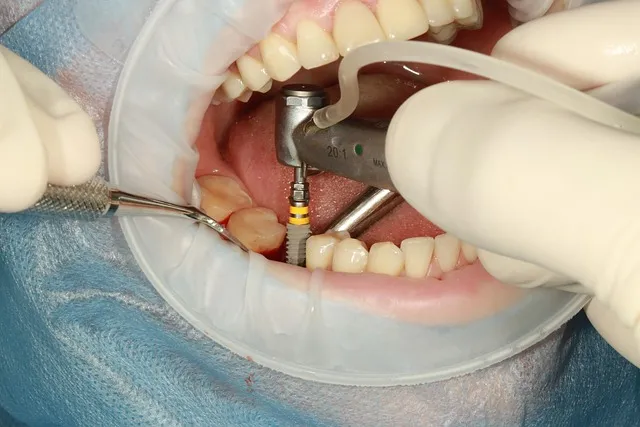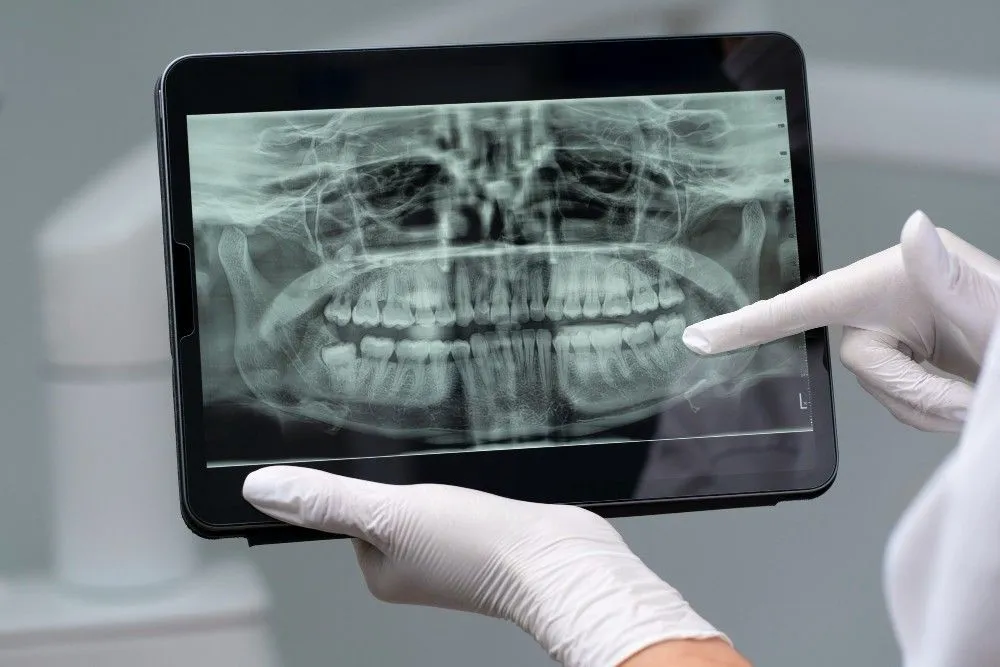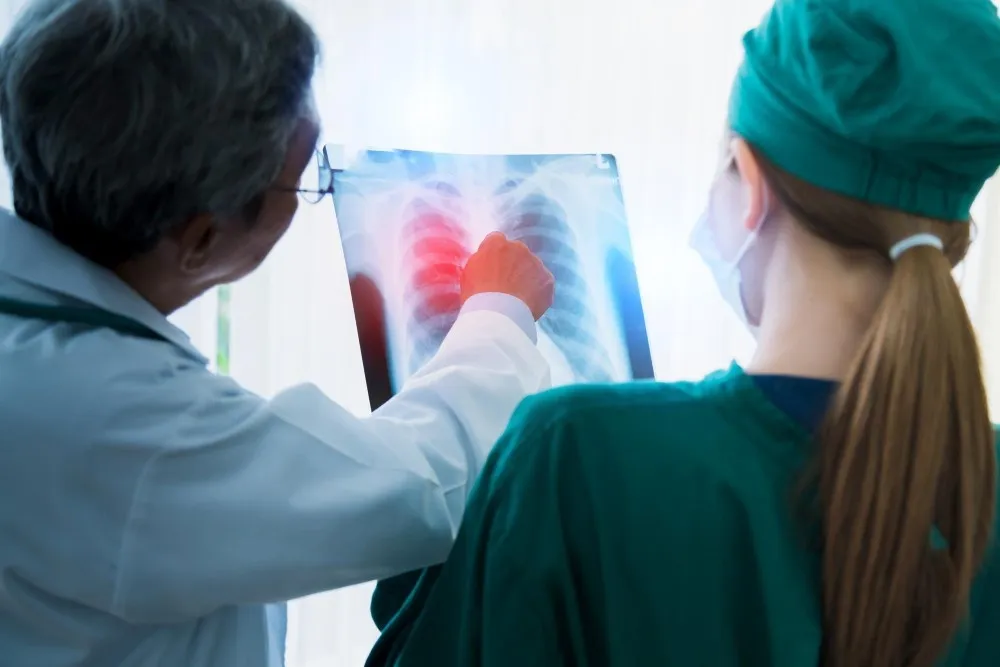Haemophilia is not an actual disease in itself but rather a number of hereditary disorders that causes excessive bleeding due to reduced blood clotting. With haemophilia, simple injuries can lead to excessive bleeding at both the time of the injury, as well as even bleeding from the same wound days later.
Haemophilia is categorised into mild, moderate and severe cases. These are measured by a person's levels of bleeding due to injuries or spontaneous bleeds.
Haemophilia is more common in the male as the condition is linked to an X-chromosome genetic recessive pattern.However, girls can suffer from haemophilia too, but this would mean that both of her X-chromosomes would be defective, which of course, is very rare. If a female has one defective X-chromosome she will not suffer from excessive bleeding but may pass on the disorder to her male children. This is called heterozygous or potential carrier of haemophilia.
In most a cases of haemophilia diagnosed patients, there is a family history of the disorder.
However, there is still around a 30% factor of the disorder in males that have no known prior family history of the defect. Other common cases include those that have been passed down through long lines of heterozygous females.
Testing for both carriers and sufferers can be carried out in specialist labs by using multiple blood tests to measure the platelet count as well as the prothrombin time and the thromboplastin time.
Some of the most common symptoms of haemophilia are as follows:
Hemarthrosis
Hemarthrosis or bleeding in the joints is a very common symptom of haemophilia. In most patients, internal bleeding of the knees and ankles are the most common areas of the body that are affected. The bleeding causes swelling in the joint spacing, which can lead to severe pain and even disfigurement. In many cases, joint replacement surgery is needed to replace damaged joints.
Bruise Bleeds
Bruise bleeds occur under the surface of the skin. These do not generally need treatment, as the affected areas are usually not near any vital organs or large vessels. These types of bleeds can take up to two weeks to properly heal. Application of ice packs can help to relieve discomfort. Very large bruises or black eyes may need medical attention.
Muscle Bleeds
Muscle bleeds generally occur after impact injuries. Bleeding into the larger muscle groups may cause compression of the nerves, which is caused by a build-up of blood in the affected area. These types of bleeds require prompt medical attention.
Nosebleeds
Nosebleeds are one of the most common forms of bleeds for haemophiliacs. These are generally caused by the picking of the nose or by excessive blowing or sneezing. To help staunch the flow, you can pinch the nostrils together or apply an ice pack at the top of the nose to help close the blood vessels. Leaning forward also stops too much blood running down the throat.
Bleeding in the Mouth
Excessive bleeding in the mouth is generally caused by the accidental biting of the tongue, dental surgery or with teething in infants. These types of bleeds will usually stop within a couple of hours and are not considered serious. However, if the bleeding continues for more than two hours, it is best to seek medical attention.
Internal Bleeding
The most serious form of bleeding is in the kidneys, stomach, bladder, eyes and throat. If bleeding should occur in any of these areas, a haemophiliac will need medical attention. Bleeding can also occur in the brain, which is also an area that will need prompt medical aid.

Reviewed by







